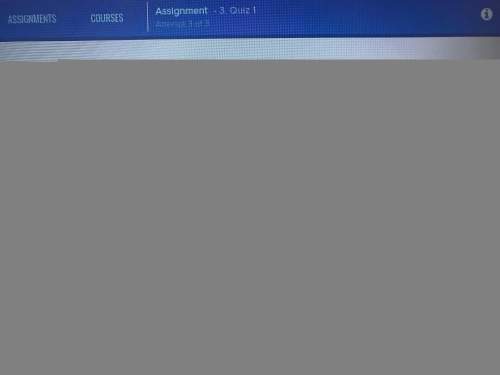
Mathematics, 29.07.2020 04:01 Quantajah
An epidemiologist is observing the decay pattern of a pathogenic bacteria after applying a vaccine. He starts with 2,000 bacteria that decay at a rate of 4.5% per hour. He will check on the bacteria in 36 hours. How many bacteria will he find? Round your answer to the nearest whole number.

Answers: 3


Other questions on the subject: Mathematics

Mathematics, 21.06.2019 21:00, mscharris66
Simplify. 4+3/7x-2-2/7x a. 2-5/7x b. 6-1/7x c. 2+1/7x d. 6+5/7x
Answers: 1

Mathematics, 21.06.2019 22:00, Isaiahgardiner5143
Arefrigeration system at your company uses temperature sensors fixed to read celsius (°c) values, but the system operators in your control room understand only the fahrenheit scale. you have been asked to make a fahrenheit (°f) label for the high temperature alarm, which is set to ring whenever the system temperature rises above –10°c. what fahrenheit value should you write on the label?
Answers: 3

Mathematics, 21.06.2019 22:30, alvaradorosana05
Shannon drove for 540 minutes. if she traveled 65 miles per hour, how many total miles did she travel?
Answers: 2

Mathematics, 21.06.2019 23:20, tsedeneyaalemu2924
Write the equations in logarithmic form 10^3=1,000
Answers: 1
You know the right answer?
An epidemiologist is observing the decay pattern of a pathogenic bacteria after applying a vaccine....
Questions in other subjects:

Chemistry, 24.09.2020 21:01



Mathematics, 24.09.2020 21:01

English, 24.09.2020 21:01





Biology, 24.09.2020 21:01





